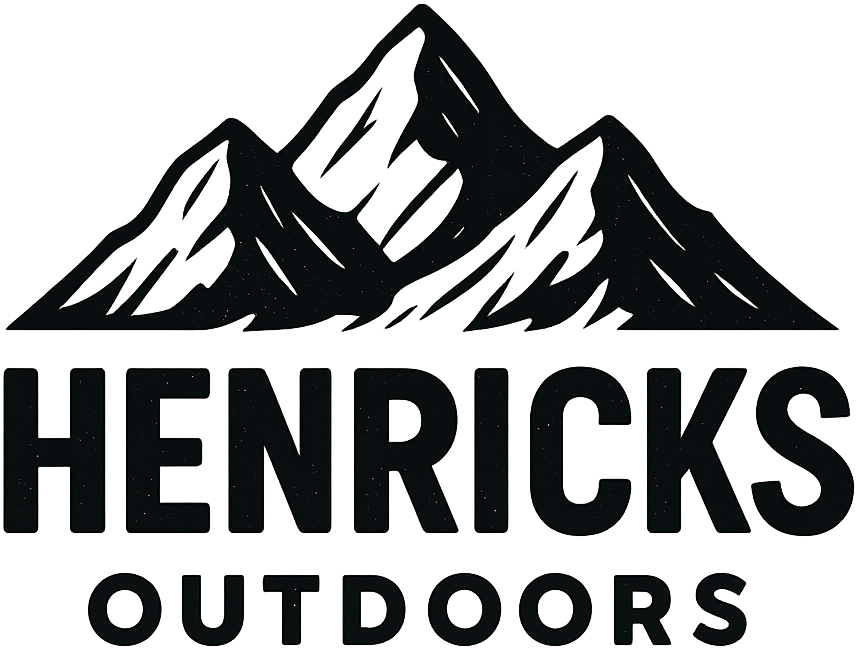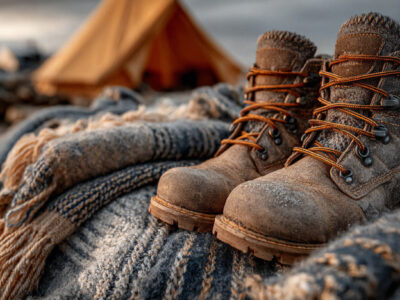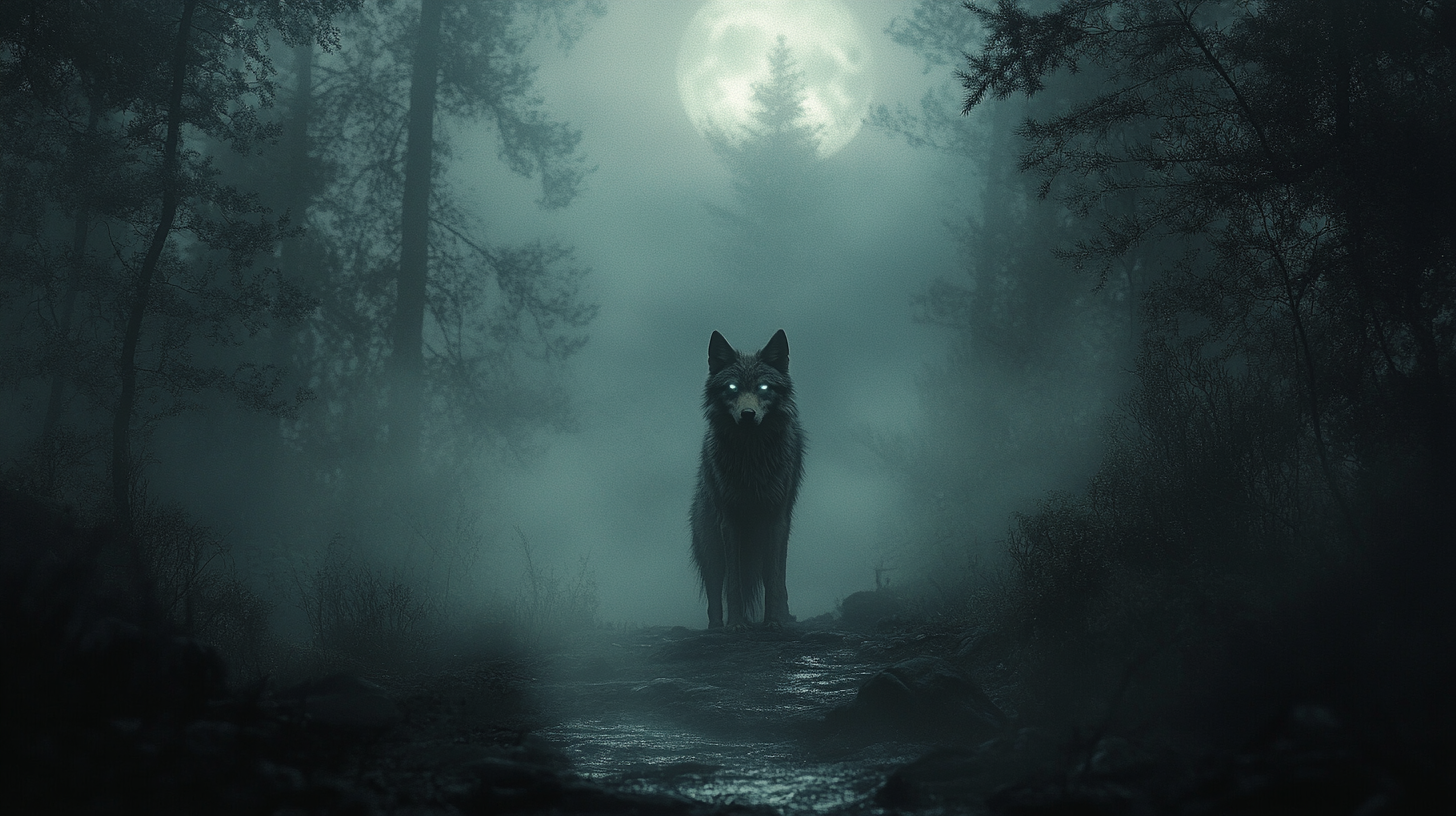Building a campfire in wet conditions is one of the most essential survival skills for hikers, backpackers, and campers. Whether you’re caught in unexpected rain or trekking through a damp forest, knowing how to start a fire can mean the difference between staying warm and dry or suffering through a long, cold night.
Wet wood, damp tinder, and persistent moisture make fire-building challenging, but with the right techniques, you can get a fire burning even in less-than-ideal conditions. This guide covers step-by-step fire-building strategies, essential tools, and expert tips to ensure you can successfully create a warm, sustainable campfire—even in wet weather.
Why Fire Is Essential in Wet Conditions
A fire is more than just a source of warmth—it provides:
✔ Heat for warmth and drying clothes
✔ A way to boil water and cook food
✔ Protection against wildlife
✔ A morale boost in challenging weather
When the environment is wet, your body temperature can drop quickly, increasing the risk of hypothermia. Having the ability to start a fire in the rain can be a lifesaving skill.
Essential Tools & Materials for Fire-Building in Wet Conditions
Before attempting to start a fire, gather the right materials. Wet weather makes finding dry fuel difficult, so planning ahead is key.
1. Fire Starters (Ignition Sources)
Reliable ignition sources help you get a fire started quickly:
✅ Waterproof Matches – Strike-anywhere or stormproof matches work best.
✅ Lighters – Windproof and waterproof lighters, such as a butane torch lighter, provide a steady flame.
✅ Ferro Rod (Fire Steel) – Generates sparks even in wet conditions and works in extreme cold.
✅ Magnesium Fire Starter – Shaving magnesium into a fire lay creates a hot flame that burns even on wet materials.
2. Tinder (Flammable Material to Start the Fire)
Tinder catches fire easily and helps sustain the flame. In wet conditions, look for:
✅ Dry Bark (Birch Bark is Ideal) – Birch bark contains natural oils that burn even when damp.
✅ Cotton Balls Soaked in Petroleum Jelly – Waterproof, long-lasting fire starters.
✅ Dried Grass or Pine Needles – Found under logs or trees where they’re shielded from rain.
✅ Dryer Lint – Extremely flammable and lightweight.
✅ Wax-Coated Fire Cubes or Firestarter Logs – Available at outdoor supply stores.
3. Kindling (Small Sticks to Grow the Fire)
Kindling consists of small sticks (pencil-thin) that ignite quickly from burning tinder. Look for:
✅ Dead twigs from the underside of trees
✅ Shaved wood curls (feather sticks)
✅ Splitting logs to expose dry inner wood
4. Fuel (Larger Logs to Sustain the Fire)
Fuel consists of larger logs that burn slowly and steadily once the fire is established.
✅ Softwoods (Pine, Fir, Cedar) – Burn faster and ignite easily.
✅ Hardwoods (Oak, Maple, Hickory) – Burn longer and produce more heat.
🔥 Pro Tip: Wet logs can still be used! Split them open to access the dry core inside.
Step-by-Step Guide to Building a Campfire in Wet Conditions
Step 1: Choose a Dry Fire Location
Finding the right location is critical. Avoid setting up in low areas where water collects. Instead, look for:
✅ A natural windbreak (rock overhang, fallen tree, or thick bushes).
✅ An area under dense tree cover to shield from rain.
✅ A flat, raised surface (avoid swampy or muddy ground).
💡 Pro Tip: If the ground is soaked, place flat rocks, logs, or a fireproof mat as a dry base.
Step 2: Prepare Your Fire Lay (Structure)
Building the right fire lay is essential for wet conditions since it allows for airflow and maximizes heat.
Best Fire Lay Structures for Wet Conditions:
✅ Teepee Fire Lay – Stacks tinder and kindling in a cone shape, directing heat upward.
✅ Log Cabin Fire Lay – Builds a square frame to create a strong coal base.
✅ Lean-To Fire Lay – Places kindling at an angle under a larger log for protection from rain.
Step 3: Find Dry Tinder and Kindling
Even in wet conditions, you can still find dry wood and tinder by:
✔ Checking under tree trunks, logs, or rocks – Wood underneath stays drier than exposed wood.
✔ Peeling off wet bark – The inner layers of birch or cedar bark remain dry.
✔ Splitting larger logs – The inside wood is protected from rain.
✔ Using your body heat – Carry small tinder in your pocket to dry it.
🔥 Emergency Hack: Use hand sanitizer, candle wax, or alcohol-based pads as fire-starting accelerants.
Step 4: Ignite the Fire & Keep It Burning
Now that your fire lay is set up:
✔ Start with the driest tinder available and light it using waterproof matches, a lighter, or a ferro rod.
✔ Gradually add kindling (small dry sticks) before placing larger logs.
✔ Feed the fire slowly, adding dry wood to maintain a steady flame.
✔ Shield the fire from wind and rain using rocks, logs, or a tarp.
🔥 Bonus Tip: Once the fire is going, dry out extra wood near the fire so you have additional fuel available.
Troubleshooting: What to Do If the Fire Won’t Start
🚫 Problem: Tinder won’t ignite.
🔹 Solution: Use a more flammable fire starter, such as wax-coated cotton balls or hand sanitizer.
🚫 Problem: Wood is too wet.
🔹 Solution: Split logs to expose dry wood inside. Hold small sticks over a flame until they dry out.
🚫 Problem: Wind keeps blowing out the fire.
🔹 Solution: Build a windbreak using rocks or logs. Create a fire pit for extra protection.
🚫 Problem: Fire starts but dies quickly.
🔹 Solution: Increase airflow—space out logs and avoid stacking them too close together.
Fire Safety Tips in Wet Conditions
✔ Always check fire restrictions before starting a fire.
✔ Keep water, dirt, or sand nearby to fully extinguish the fire.
✔ Never leave a fire unattended—wind can spread embers unexpectedly.
✔ Use a fire ring or established fire pit when possible.
From Rain to Flame: What You’ve Learned
Building a campfire in wet conditions requires skill, preparation, and patience. By selecting the right location, gathering dry materials, and using smart fire-building techniques, you can stay warm and safe—even in the rain.
Whether you’re on a multi-day hike, backcountry camping, or facing an emergency survival situation, these fire-starting methods will keep you prepared for any weather.
Ready to test your fire-building skills? Gather your gear, practice in different conditions, and master the art of fire-making in the wild!


